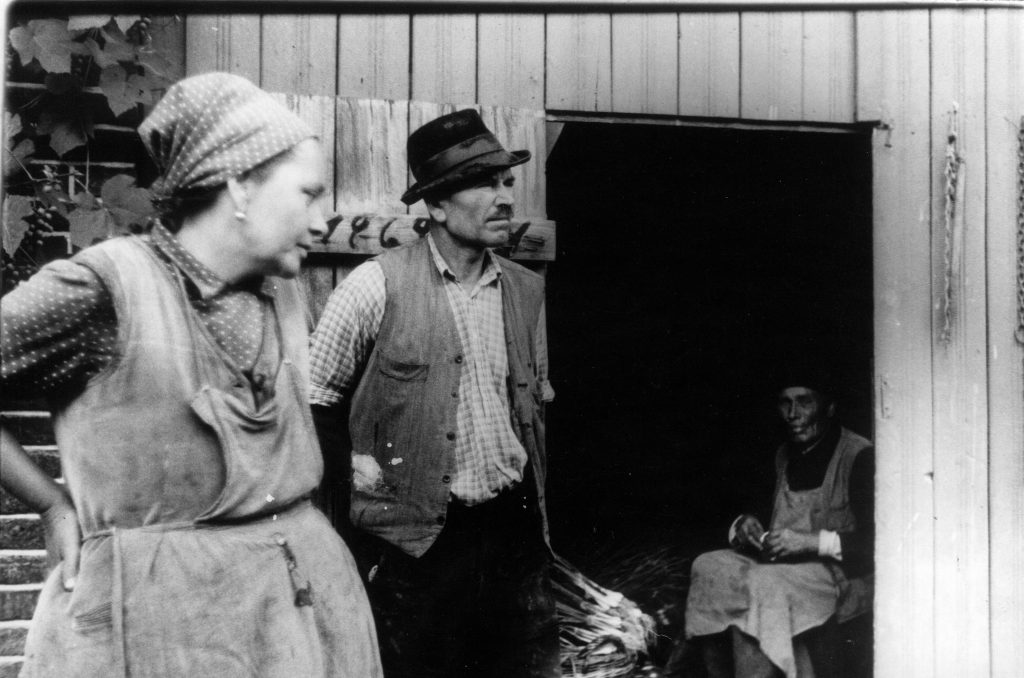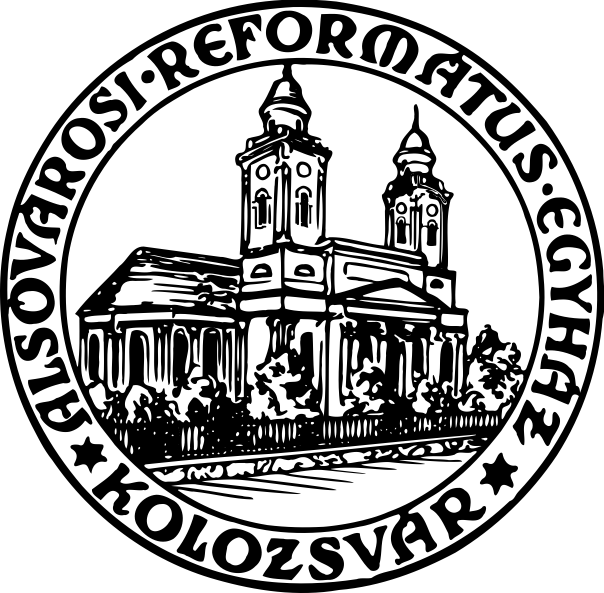Hostat room
Dear Visitor,
This page is being prepared with care. Soon, you’ll be able to learn more in English about Hostat and its history. Till then, please read below the short introduction. We appreciate your patience and look forward to welcoming you back soon! 🙂
Visiting hours:
Tuesday and Thursday between 10-12 and 16-18
For groups by prior registration
Hostat Room
The word Hostat originally referred to the outer area beyond the city walls, and for centuries it represented the distinctive lifestyle of the Hungarian farming community of Cluj-Napoca. The Hostat people were engaged in vegetable cultivation, and their traditional homesteads, clothing, housing culture, and farming methods represented a unique world on the outskirts of the city. Members of the community were characteristic figures at the city markets, and their attire and the quality of their goods lent credibility to their work. Although urban development, industrialization, and the construction of apartment blocks led to the loss of their lands and traditional living spaces, the Hostat identity still lives on in new forms: community events, memory, and cultural heritage. The Hostat rooms created in the church tower and the related exhibition offers an insight to the material world, memories, and intellectual heritage of this distinctive way of life.

